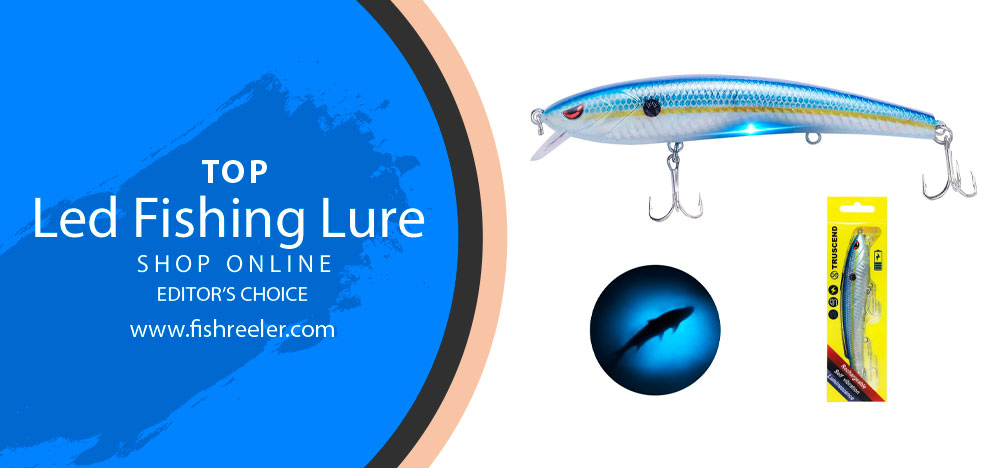
Illuminating Depths: The Definitive Guide to Underwater Fishing Lights

Imagine you’re out on a tranquil lake, with a star-studded sky overhead, crickets singing their evening song, and the only thing missing is that tug on your fishing line. You’ve been patient, and yet, the fish are elusive. Well, there’s a game changer you might not have considered yet – the magic of underwater fishing lights!
Fishing in the Limelight: The Magic of Underwater Lights

Underwater fishing lights have transformed the angling experience, enabling hobbyists and professional fishers alike to attract more fish, enhance their vision in the murky depths, and ultimately, augment their catch rate. They’re an exciting addition to the fisher’s arsenal, almost like casting a luminary lure into the aquatic world, beckoning the elusive prey right to your hook.
Indeed, the concept of fishing lights might seem pretty straightforward, but there’s a lot more science, strategy, and yes, even art, involved than you might think. With this guide, we’ll shed light (pun intended!) on everything you need to know about underwater fishing lights. From their fascinating evolution to their environmental impact, and of course, how to select and use them to maximize your fishing success. So, if you’re ready to turn the tides in your favor and illuminate your path to a rewarding fishing experience, let’s dive in!
From Firelight to LED: The Evolution of Underwater Fishing Lights
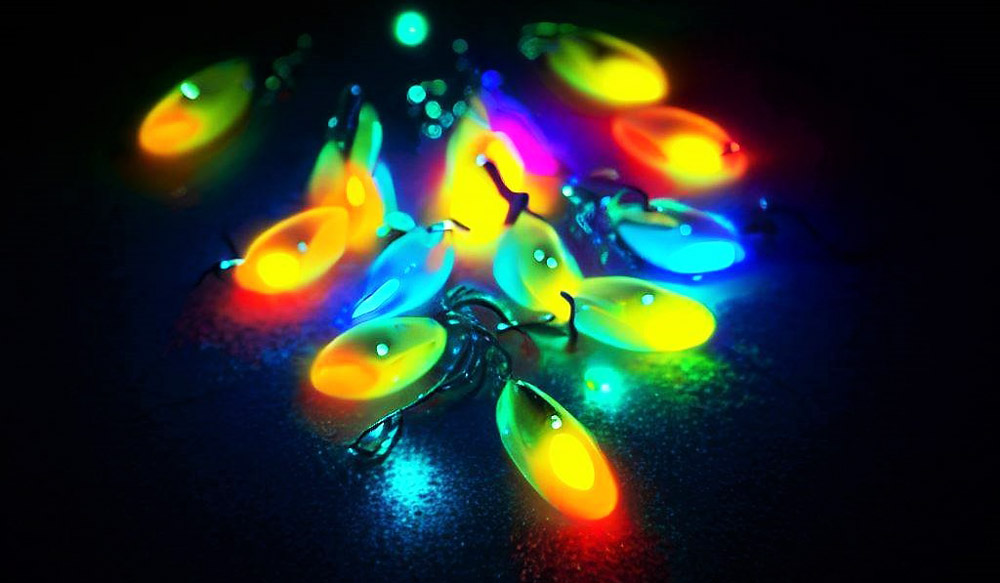
Casting a glance back through the annals of history, our ancestors have been drawn to the power of light as a method of fishing for centuries. Indeed, the roots of fishing lights can be traced back to ancient civilizations where fires were lit on boats to attract fish during the night, a practice known as fire-fishing.
The traditional fire-based method, however, was not without its hazards. Precarious and inefficient, it held the potential for accidents and didn’t offer the best illumination. Nonetheless, our ancestors recognized the key principle that is still used today: light attracts fish. With this foundational understanding, the quest for safer, more effective means of illumination began.
Fast forward to the 20th century, the advent of electricity marked a significant turning point in the development of underwater fishing lights. Initially, bulky and power-hungry incandescent bulbs were used, which, despite their inefficiencies, marked a considerable improvement over fire-based lighting. But as technology marched forward, so did the evolution of fishing lights.
Enter the era of fluorescent lights. They were more energy-efficient and provided better lighting than their incandescent counterparts. However, their delicate nature and the need for ballasts to regulate electrical current made them a bit cumbersome for practical fishing use.
The true revolution arrived with the advent of Light Emitting Diodes (LEDs) in the late 20th century. LEDs offered a myriad of advantages – they were small, extraordinarily energy-efficient, durable, and capable of emitting light in various colors, a feature that was harnessed to attract different species of fish. They rapidly took the market by storm, paving the way for the diverse range of underwater fishing lights we see today.
From humble firelight beginnings to advanced LED technology, the journey of underwater fishing lights mirrors mankind’s ceaseless pursuit of innovation. Today, they have become an integral part of night fishing, brilliantly illuminating the dark depths and attracting a bounty of fish to our lines.
Diving into the Details: Decoding Underwater Fishing Lights
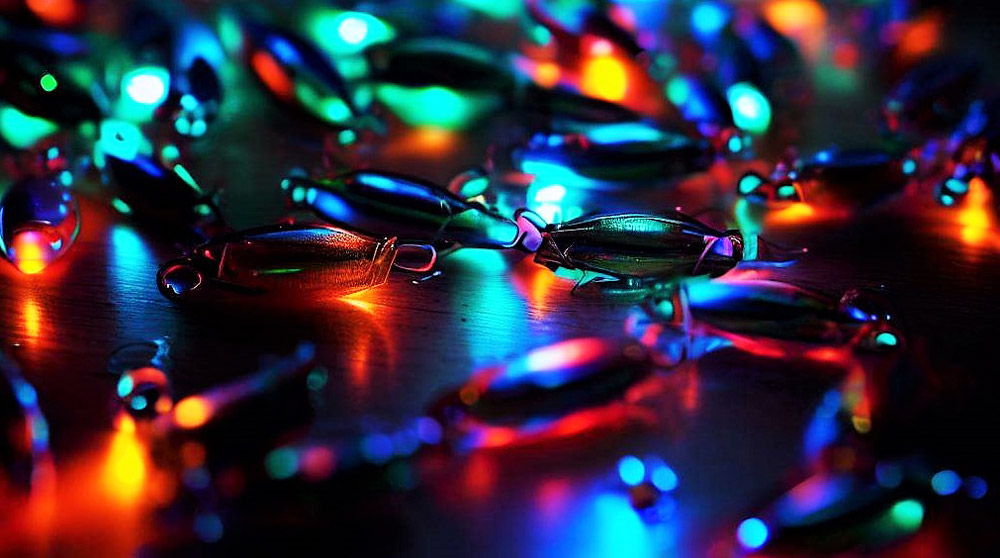
Underwater fishing lights, as the name suggests, are special lighting fixtures designed for subaquatic use to aid in fishing activities. These lighting devices aren’t just for show – they serve a pivotal purpose in attracting marine life, ultimately enhancing the success rate of your fishing venture. But not all fishing lights are created equal. They come in various types, each with their unique features and purposes.
To start, there are floating fishing lights, designed to float on the water’s surface, casting their glow downwards. On the other hand, submersible fishing lights sink below the surface, illuminating a greater water column and often proving more effective in drawing aquatic life from the depths.
As for the light technology itself, we now mainly see the use of LEDs due to their superior qualities of energy efficiency, durability, and longevity, as mentioned in the historical overview. However, fluorescent lights, despite being less practical, are sometimes still used due to their ability to emit a broad spectrum of light.
Now, what makes these lights so appealing to fish? The answer lies in the food chain. Underwater lights attract tiny organisms known as phytoplankton. These, in turn, draw small baitfish that feed on phytoplankton. The gathering of baitfish subsequently attracts larger predatory fish – the ones you’re aiming to catch. This series of attractions effectively creates a natural chum line, drawing fish to your fishing spot.
The Colorful Lure: The Science Behind the Spectrum of Underwater Lights

A pivotal aspect of underwater fishing lights that demands your attention is the color of the light. The most common colors used are green, white, and blue. So, why the color carnival under the sea? Each color has a different wavelength and penetrates water to different extents, impacting how well fish can see the light.
The green light has a shorter wavelength and is absorbed less in water, making it exceptionally effective in attracting fish in various water types, including murky or turbid waters. This is why you’ll often see green lights being championed as the top choice for underwater fishing lights.
White light, with a broad light spectrum, can be effective in clear water conditions, providing a natural-like light underwater. It’s also beneficial for the fisherfolk as it improves visibility when removing the fish from the hook or navigating the water at night.
Lastly, blue light falls somewhere between green and white light in terms of its water penetration ability. It’s found to be particularly effective in saltwater conditions, given that blue is the predominant color naturally present in the ocean.
Therefore, understanding the science of light, its colors, and how it interacts with the aquatic environment is vital for using underwater fishing lights to their fullest potential. Armed with this knowledge, you can make the dark depths come alive, creating a beacon that lures the fish right into your fishing zone.
Glowing Advantages: The Irresistible Perks of Underwater Fishing Lights
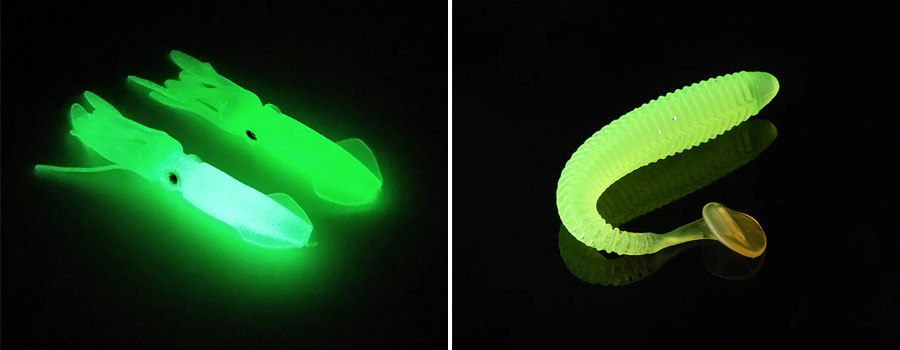
The allure of underwater fishing lights extends far beyond their hypnotic glow. These brilliant illuminators offer several benefits that dramatically enhance your angling experience, making them an investment worth considering.
Brighten the Depths, Spot the Prize
One of the most immediate benefits of using underwater fishing lights is the enhanced visibility they provide. Fishing, especially at night, can feel like a shot in the dark – literally and figuratively! However, by illuminating the murky underwater world, fishing lights allow you to see more of what’s below the surface, including the movement of fish in your vicinity. Not only does this increase the thrill of fishing by allowing you to witness the action, but it also allows you to better strategize your approach based on the behavior of the fish around your boat or dock.
A Luminous Lure: Boost Your Catch Rate
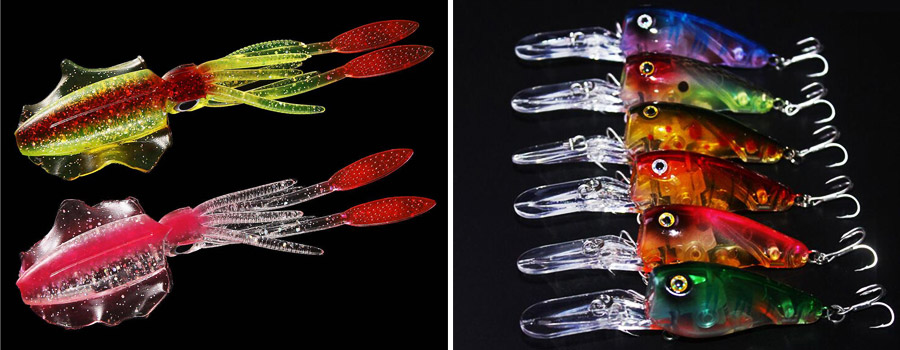
The primary reason most anglers turn to underwater fishing lights is simple: they help attract more fish. As explained earlier, these lights set off a food chain reaction, drawing in phytoplankton, baitfish, and eventually, larger predator fish. This natural spectacle, sparked by the simple addition of a fishing light, dramatically increases your catch rate. Whether you’re a professional angler seeking a bountiful haul or a recreational fisher looking for a successful outing, underwater fishing lights can make the difference between a good day of fishing and a great one.
Light the Way: Safety in the Dark
Safety is paramount when you’re out on the water, and this is another area where underwater fishing lights shine. By illuminating your surroundings, these lights not only help you navigate your vessel in the dark but also allow you to spot potential hazards in the water, such as floating debris or rocks. Moreover, if you’re fishing from a boat, the light can make your vessel more visible to other boats around, reducing the risk of accidents.
In summary, underwater fishing lights are more than just pretty baubles in the water. They’re powerful tools that improve visibility, attract fish, and enhance safety, all of which contribute to a more enjoyable, successful, and safer fishing experience. Now that you’re aware of these glowing advantages, you might find fishing without these lights to be a dim prospect indeed!
Selecting the Perfect Underwater Fishing Light
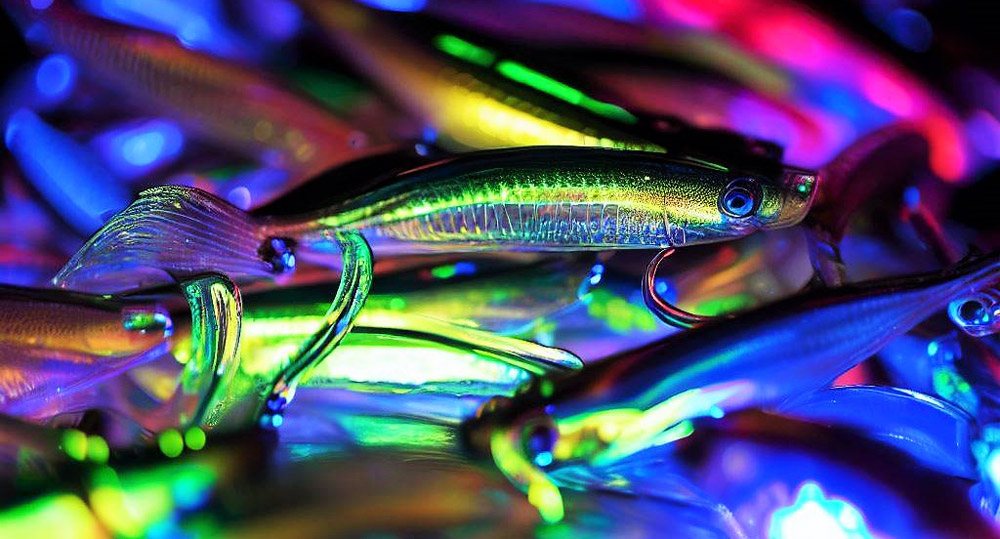
Shine On Picking Your Perfect Underwater Beacon
Selecting the right underwater fishing light can seem like a daunting task, given the range of options available. Here are some key factors to consider to help you make an informed decision.
| Factor | Explanation |
|---|---|
| Depth Rating | Depth rating determines the maximum depth at which a fishing light can function effectively. It’s important because in deeper waters, the light has to withstand higher pressure. The deeper the water you’re fishing in, the higher the depth rating you’ll need. |
| Brightness | Brightness, typically measured in lumens, indicates how bright the light will be. A higher lumen count means a brighter light. However, extremely bright light might be unnecessary or even counterproductive in some waters, as it could scare fish away. |
| Light Color | The color of the light can significantly influence its effectiveness in attracting fish. Green is often the most versatile and effective color, but white or blue can be more effective under certain conditions, like depending on water clarity and type. |
| Power Source | Underwater fishing lights can be powered by batteries, DC power (like your boat’s power supply), or solar power. Battery-operated lights offer portability but require frequent battery changes or recharging. DC-powered lights can operate longer but are less portable. |
| Durability | Durability is key in the harsh fishing environment. Look for lights that are waterproof, shock-resistant, and made from durable materials like high-grade plastic, glass, or metal to ensure longevity. |
Please remember that these are general considerations and might vary depending on specific product design and the specific conditions you are fishing in.
Leading Lights: A Comparative Glance at Popular Brands
Now that you know what to look for, let’s consider a couple of popular options in the market:
🟫The Green Lantern Submersible Fishing Light: This LED fishing light is perfect for those seeking a high-intensity, durable light. With a depth rating of up to 100 feet and a brightness level of 10,000 lumens, it’s capable of attracting fish in various water conditions. It operates on DC power, ensuring consistent brightness throughout your fishing session.
♊The Aqua Lure Portable Fishing Light: This light is a great choice for those needing portability. It’s a battery-powered light that offers up to 5 hours of operation time on a single charge. With a depth rating of 50 feet and a brightness level of 2000 lumens, it’s suitable for fishing in shallower waters. It comes in three light colors – green, white, and blue – providing flexibility based on your fishing conditions.
Remember, the best underwater fishing light for you depends on your specific needs and fishing conditions. By considering the factors outlined above, you can illuminate your path to a successful purchase.
Video: How to Catch a Crappie at Night on Glow Bait
Lighted Fishing Lures Kit – Led Lighted Bait Flasher
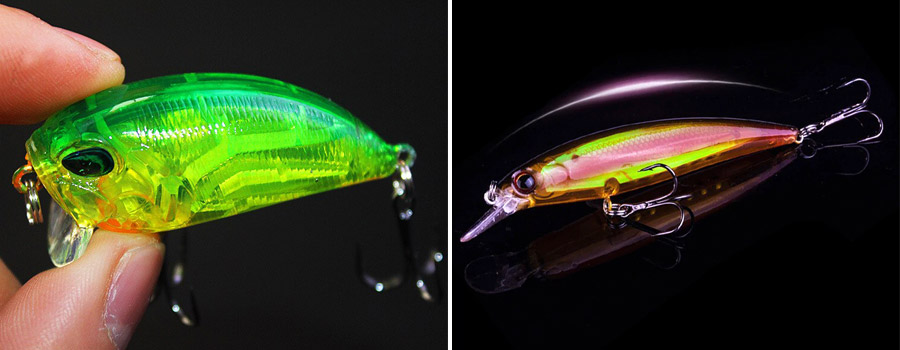
Our ancestors began to fish for spinners a very long time ago. Over time, the bait was modernized. Finally, the perfect bait appeared, thanks to which your every fishing trip will be successful. Electronic spinner is becoming more popular every day. Its success lies in the unique flicker built into the LED housing. As you know, fish are sensitive to light. Thanks to this, the maximum number of predators will gather near your bait and those who strive to get to your hook.
Electronic Spinners on LEDs
Electronic spinners on LEDs are designed for sports and amateur fishing. Thanks to a wide selection of sizes, shapes, brightness, and colors of electronic lures, you can always pick up a lure for fishing at any time of the year and in any weather.
Baits actively attract a predator with game, light, and electromagnetic fields. The brightest baubles work well even in sunny weather. The electronic spinners proved to be excellent at sea fishing. The spinners turn on automatically when immersed in water and turn off when removed.
Electronic spinners are becoming more popular every day. The secret of success lies in the unique variable illumination of the LED, which is built into the body of the bait. Scientists have long discovered that fish have very good eyesight. Thanks to the special emission spectrum and flicker frequency, your bait will attract more predators, which will easily fall on your hook.
The electronic spinner is an improved analog of electronic lures. However, using electronic spinners, you ensure yourself a good catch without breaking the law. What else can you dream of?
Recently, LED lures have appeared on the market, namely LED spinners, wobblers, and squid. Squids were one of the first since squid is caught in the dark – he loves lighted areas of water.
Convenience lies in the fact that the squid reacts to it very aggressively when it sees a luminous object in the water. So it occurred to the fishermen to make a bait with LEDs, only for fish (both sea and river). LED lures not only look like ordinary lures (wobblers, cicadas, spinners). They glow when exposed to water. Thus forcing the fish to react to the bait even more actively.
🆘I suggest getting acquainted with the latest in LED lures: Led Fishing Lure Light
How Does Electronic Spinner Work?
In the case of electronic spinners built-in LED. It can be of different colors – red, blue, white, and multi-color (all of the above colors flash quickly).
The advantages of electronic spinners:
- Yes, she catches. Moreover, predators, and, moreover, the largest.
- Long service life – continuous operation time is 220-250 hours.
- The simplest control – the spinner begins to work, only in contact with water. A shutdown is made after the device dries.
The only drawback of the flickering baubles is the high price compared to similar standard models. However, this disadvantage is easily covered by the catch that has increased significantly.
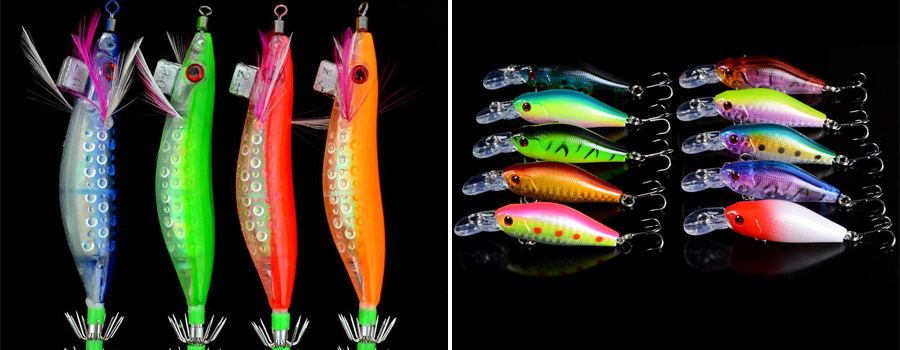
Night Fishing Lights for Bass Boats
Brightness and Glow Modes of Electronic Spinners
Electronic spinners can emit color of various intensities – depending on what time of the day fishing will take place. A bright glow can attract a predator from a long distance, and from a close one, it can even scare. Soft light is invisible in the distance, but near the fish, it will necessarily bite. The LED mode may be continuous and flickering.
Professional fishermen and amateurs imbued respect for this bait. Several fishing rods and an arsenal of diverse lures are now a thing of the past. It is enough to arm yourself with one fishing rod with a shimmering lure, and a rich catch is provided to you.
Many different opinions about such baits. Someone says that they scare away the fish, someone says the opposite. But my opinion is this. Until you try such a bait in your work, you will not recognize its performance. After all, everyone knows that water bodies are different and the fish behaves differently in them. On one pond, the bait will work, on the other not!
This type of bait should be in every fisherman’s arsenal. The cost of new products is low, it does not exceed the cost of a wobbler or spinner of an average manufacturer. And the workmanship is at a high level. Make a conclusion yourself!
Light up Right: Best Practices for Using Underwater Fishing Lights
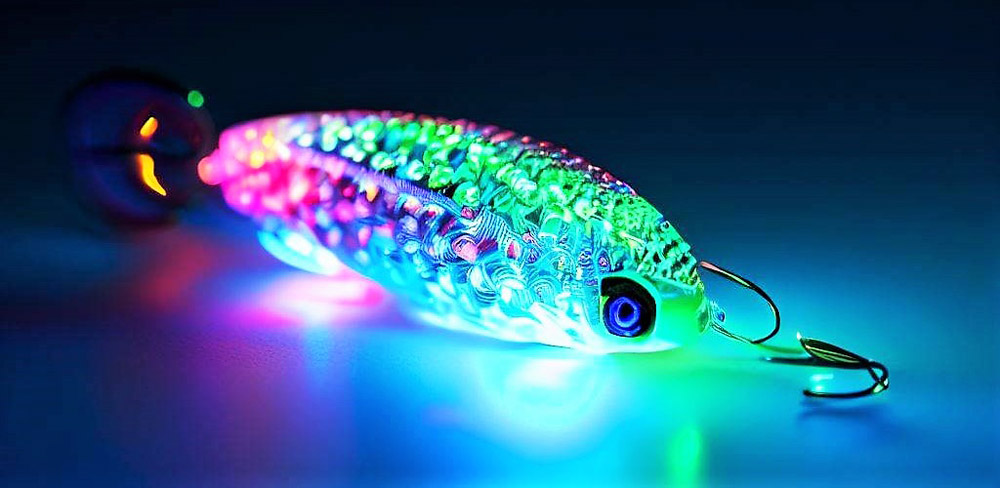
Purchasing an underwater fishing light is just the first step. To reap maximum benefits from your aquatic illuminator, it’s crucial to understand the best ways to use and maintain it. Here are some tips and practices to guide you.
Strategic Positioning: Light up Your Success
Where you position your underwater fishing light can significantly impact its effectiveness. If you’re fishing from a boat, it’s generally a good idea to submerge the light near the stern (the rear of the boat), as this is typically where you’ll be casting your line. However, you could also experiment with placing lights around the sides of your boat to create a larger illuminated area, attracting more fish.
For dock fishing, you may want to place the light a fair distance away from the dock. This not only gives the fish a safe zone to accumulate but also prevents the light from attracting bugs to your fishing spot, which can be a nuisance.
The depth at which you position the light can also make a difference. In clearer waters, you may want to submerge the light deeper to attract fish from the greater depths. In murkier waters, keeping the light closer to the surface may yield better results as the light penetration will be less in cloudy water.
Maintenance: A Bright Light is a Right Light
Maintaining your underwater fishing light can significantly enhance its lifespan. After each use, it’s recommended to rinse the light with fresh water to remove any salt, dirt, or small organisms that might have attached themselves. Ensure the light is completely dry before storing it to prevent corrosion and damage.
If your light uses batteries, remember to remove them before storage to prevent any leakage or corrosion. Store the light in a cool, dry place away from direct sunlight to protect it from heat and UV damage.
Safety First: Casting Light on Precautions
While underwater fishing lights can enhance your safety by illuminating your surroundings, it’s crucial to follow some safety measures to prevent accidents or damage. Always ensure the light is correctly sealed and secured before submerging it. A leak can lead to a short circuit or even a safety hazard.
If you’re using a light powered by your boat’s power supply, be careful not to trip over the cord or let it get entangled with your fishing gear. Finally, while the light can help you see underwater, always maintain a safe speed while navigating to avoid colliding with unseen underwater obstacles.
By following these best practices, you’ll be able to maximize the potential of your underwater fishing light, bringing an exciting new dimension to your fishing adventures while ensuring the safety and longevity of your equipment.
Balancing the Ecosystem: The Environmental Impact of Underwater Fishing Lights

While underwater fishing lights have undeniably transformed the fishing experience, it’s important to consider their impact on the environment and adopt responsible practices to mitigate any negative effects.
Underwater fishing lights, as enticing as they are for fish, can disrupt natural behaviors and patterns, especially if used excessively or inappropriately. For instance, excessive light can lead to the over-concentration of fish in a particular area, potentially disrupting breeding patterns or impacting local food chains.
To minimize these potential disturbances to aquatic ecosystems, it’s essential to use fishing lights responsibly. This includes using lights only when necessary, turning them off when not in use, and avoiding areas where sensitive species are known to inhabit. If possible, use lights with lower intensity, as they are less likely to disrupt the underwater environment.
Another way to reduce the environmental impact of your fishing activities is by using energy-efficient lights, such as LEDs. Not only do they use less power (which is especially important if you’re using a battery or your boat’s power supply), but they also have a longer lifespan, reducing the need for replacements and, consequently, waste.
It’s also important to be aware of any regulations regarding the use of underwater fishing lights. While there are currently no universal regulations, local or regional laws might limit their use, particularly in protected waters or during certain times of the year. Always check with local wildlife or fishery agencies to ensure you’re compliant with any regulations.
FAQ: The Revolution of Underwater Fishing Lights
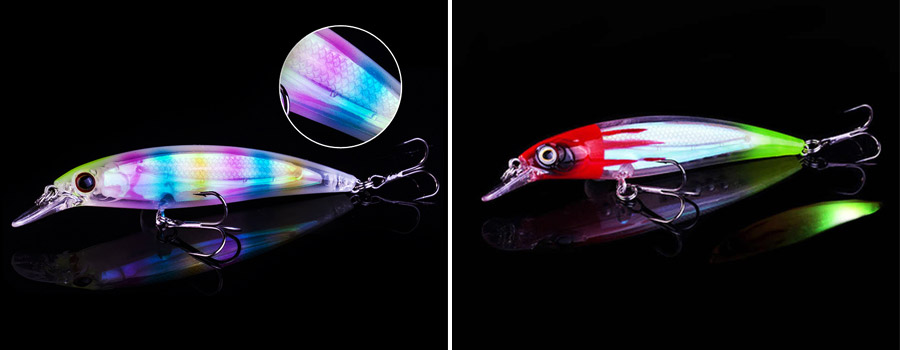
Remember, these answers are general in nature, and the specifics can vary based on the type and brand of the underwater fishing light. Always refer to the product manual for detailed instructions.
Conclusion: Why You Shouldn’t Overlook Underwater Fishing Lights
As we’ve delved into the luminous world of underwater fishing lights, it’s clear these innovative tools bring a whole new dimension to fishing. They enhance visibility, attract an abundance of fish, and even improve safety, making night fishing not only viable but also immensely enjoyable and productive. We’ve also illuminated the importance of choosing the right fishing light, considering factors like depth rating, brightness, light color, power source, and durability.
However, as we integrate these lights into our fishing adventures, it’s equally crucial to remember our responsibility towards the environment. By using these lights judiciously, we can minimize their potential impact on aquatic ecosystems, ensuring that our fishing activities remain sustainable.
As with any fishing gear, correct usage and maintenance are key to the longevity and effectiveness of your underwater fishing lights. From the strategic placement of the light to regular cleaning and careful storage, following best practices can significantly enhance your overall experience.
And finally, even as these lights transform our fishing experiences, they’re also subject to local regulations. Always ensure you’re aware of and compliant with any relevant rules in your fishing area.
With the knowledge you’ve gained from this guide, we hope you feel well-equipped to introduce underwater fishing lights into your fishing adventures. So go ahead and light up your next fishing expedition. May the glow of your new light draw in a bounty of fish and illuminate countless unforgettable moments on the water.
Shining Light on Sources: References and Further Reading
Becker, A., Whitfield, A.K., Cowley, P.D., et al. (2013). Potential effects of artificial light associated with anthropogenic infrastructure on the abundance and foraging behavior of estuary-associated fishes. Journal of Applied Ecology, 50(1), 43-50.
Bowmaker, J.K. (1990). Visual pigments of fishes. In: Douglas, R.H., Djamgoz, M.B.A. (Eds.), The Visual System of Fish. Springer, Dordrecht.
National Oceanic and Atmospheric Administration (2020). Responsible fishing guidelines. Retrieved from [website].
Tags: #led underwater fish light / #underwater fish light reviews / #homemade underwater fish light / #underwater fish tank light / #fishing lures that light up and vibrate / #fishing lures that light up / #esca light up sea fishing lures

I live in Tenerife (Canary Islands) for the last 10+ years and share my daily fishing experiences on my website. Many years of personal experience as a fisherman and the vast experience of my friends allow me to write professionally on any fishing topics (from choosing a flashlight and equipment to deep-sea fishing).
All of my advice is based on practical real-world experience and will be useful to both novice anglers and professionals. Read more about the author.
Affiliate Disclosure: FishReeler.org sometimes gets paid for listings, through sponsors or affiliate programs like Amazon, Ebay, Cabelas, Bass Pro Shop, Shimano, Daiwa, Rapala, Renn, Okuma, KastKing, etс. Clicking a link helps keep FishReeler.org free, at no extra cost to you!
About the author: Each article is verified by the fishing expert Sergio Smirnoff. The articles are written by professional and amateur fishermen with 20+ years of fishing experience.
Note: The views and opinions expressed in this article are those of the authors and do not necessarily reflect the official policy or position of any agency. The articles are for informational purposes only, share your opinions in the comments and join the fishing discussions, let's share our fishing experiences together!

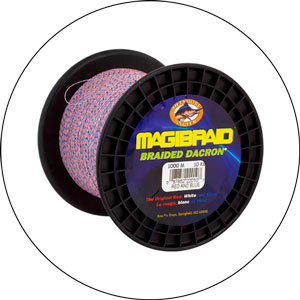
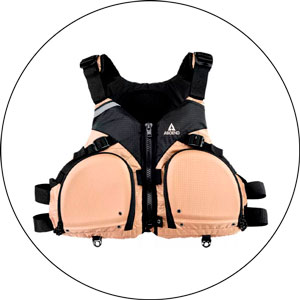
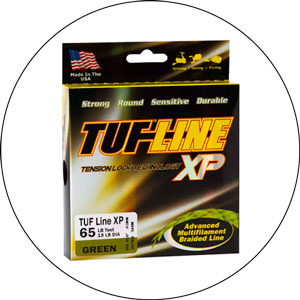
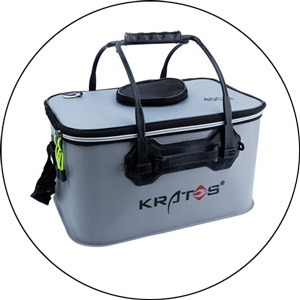
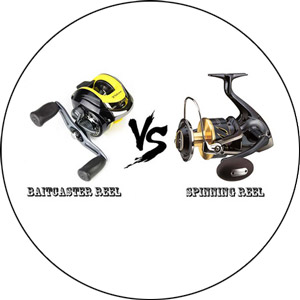

Great article on the importance of using the right fishing light. As an avid fisherman, I know firsthand how crucial lighting can be in attracting fish to your bait.
I also love the tip on using red light at night, as it seems to be less disruptive to the fish and allows for a more natural fishing experience.
One thing I would add is the importance of having a backup light source, especially if you’re planning on being out on the water for an extended period of time. You never know when a light may fail, so it’s always good to have a backup plan.
Overall, this a really informative and useful article for any fisherman looking to up their game and catch more fish. Thank you for sharing!
Great article on the importance of using fishing lights! I’ve found that having a light source when fishing at night or in low-light conditions can make a big difference in attracting fish.
I love how the article covers the different types of fishing lights and their specific uses. It’s always helpful to have options and know which one is best for the situation.
The tips on how to rig and use the lights effectively are really useful. I’ll definitely be using these techniques on my next fishing trip.
One thing I would add is the importance of being mindful of the environment when using fishing lights. It’s important to use them responsibly and not disturb other wildlife or ecosystems.
Overall, a fantastic resource for anyone looking to up their fishing game with the use of lights. Thank you for sharing!
Fantastic guide! Very comprehensive and well-explained. Can’t wait to try out some of the tips and techniques detailed here on my next fishing trip.
As an environmentally conscious angler, I was happy to see the section about the environmental impact of fishing lights. It’s so important that we’re mindful of our activities and their effects on aquatic ecosystems.
This article provides a great rundown of different types of underwater fishing lights, and I particularly appreciate the explanations of the pros and cons of each. This will definitely help me make a more informed decision when I buy my next fishing light.
I’ve always wondered why my fishing light is green. It’s great to finally understand the reasoning behind the color choices and their impacts on attracting fish.
I never realized how much technology and science are behind something as seemingly simple as a fishing light. From incandescent bulbs to LEDs, it’s amazing to see how far we’ve come in enhancing our fishing experiences.
I’ve used floating fishing lights for a while, and they have drastically improved my fishing success. However, I’ve been considering trying out a submersible fishing light after reading about its effectiveness in this guide. I’m interested in seeing if they can yield even better results.
I loved the historical overview of underwater fishing lights in this piece. It’s fascinating to think that our ancestors were using the same principle of attracting fish with light, albeit with more primitive means. Thanks for that interesting tidbit!